One of the most impressive natural spectacles on the planet that can be visited today are the Victoria Falls, located on the Zambezi River and separating the towns of Victoria Falls (Zimbabwe) and Livingstone (Zambia). Also accessible from Kasane (Botswana) where you can visit during the day, it is a must visit for all travelers who are close to the area.
Victoria Falls is considered the widest waterfall in the world with a width of 1,700 meters (almost twice the size of the famous Iguazu Falls) and a height that in some places exceeds 100 meters of waterfall. They are more visible from the Zimbabwe side as you have a panoramic view of them.
During the rainy season (November to March), the flow of water increases considerably making it the best time to see the waterfalls in all their splendor. However, during the dry season (April to October), the view of the waterfalls is also spectacular. In recent years, due to long periods of drought, the low flow of the Zambezi River has caused the volume of water to decrease considerably. The Zambezi River is considered the fourth longest river in Africa behind the Nile River, the Congo River and the Niger River. It is born in the mountains of Zambia, passes through Angola, Namibia, Zambia, Zimbabwe, Malawi, Tanzania and finally flows into Mozambique.
Declared a World Heritage Site in 1989 and protected by two National Parks (Zambia’s Mosi-oa-Tunya National Park and Zimbabwe’s Victoria Falls National Park), Victoria Falls is made up of 5 waterfalls: the highest is the Rainbow Falls with 108 meters of altitude and from where we will be able to observe a permanent rainbow; we also find the Devil’s Waterfall where we can swim on the top if we access it from Zambia; the Mains Falls are in the center; the 95-meter-high Horseshoe Falls; and finally the Eastern Falls which are the only ones located in Zambian territory.
History
Known for thousands of years by locals as “Mosi-oa-tunya” (meaning “the smoke that tunders”) for the noisy smokescreens that generate the impact of water during its fall, the missionary and explorer David Livingstone was the first European to discover them while exploring the Zambezi River in 1855. Before that, however, there were maps drawn by commercials of Arab origin and European hunters who intuited this great leap of water that many scientists discarded before because of the type of terrain in the region. It was not until the arrival of the Scottish explorer that the mystery was solved. When Livingstone discovered them, he wrote in his diary: “No one can imagine the beauty of the sight […] but such beautiful scenes must have been contemplated by the angels in their flight.”
David Livingstone was a 28-year-old Scottish doctor who first arrived in Africa (Cape Town) after a trip of more than three months from his hometown of Blantyre in Scotland. It was 1841 and he arrived on the continent as a Protestant missionary from the London Missionary Society with the function of evangelizing the people. He integrated with respect and sensitivity into the different local communities he visited, learning their dialects and customs, and going beyond his own evangelization using his medical knowledge to combat the medical deficiencies he was encountering.
After 8 years working as a missionary, Livingstone, accompanied by the English adventurer William Cotton Oswell, decided to explore territories that had not yet been discovered by European countries and traveled north across the Kalahari Desert discovering the Zambezi River in 1851. Between 1852 and 1854, he managed to unite the cities of Cape Town anc Luanda (capital of Angola); and the next challenge set by this already Scottish explorer was to unite the Atlantic Ocean with the Indian Ocean through of the course of the Zambezi River. He succeeded in 1856, reaching present-day Mozambique, being one of the first to cross the African continent from west to east. During this journey, it was when he came across the “Mosi-oa-tunya” waterfalls by surprise. He named these falls as Victoria Falls in honor of the Queen of England.
Unlike many other explorers, Livingstone traveled lightly in luggage, with a caravan of few people, accompanied by locals and without many firearms, which meant that many tribes did not see him as a threat. He continued to explore the African continent, becoming interested in the different communities he encountered and also in botany. He tried to discover the origin of the sources of the Nile and continued to draw the map of Africa from a very respectful perspective. Nothing more was known about him for four years, which caused that a lot of explorers tried to find him and considered him dead. Finally, the young American journalist Henry Stanley found him in 1871 on the shores of Lake Tanganyika, near Ujiji in Tanzania, uttering the famous phrase “Doctor Livingstone, I suppose” which has become one of the most important and famous phrases on the African continent. Livingstone died in Africa (in present-day Zambia) of malaria in 1873. While his body was taken to England to pay his respects, his heart was buried out of personal desire next to a tree in Chitambo, the village of less than 20 inhabitants where the Scottish explorer died.
This is the story of David Livingstone, one of the most beloved explorers of the local population of Africa for his respect and way of deepening his culture and who discovered the Victoria Falls. He began as a young missionary but eventually became a staunch supporter of the abolition of slavery, leaving many writings describing the abusive practices of the European powers and the preface to the prohibition of slavery. on the African continent.
What to bring?
When packing, it is important to bring:
- A good raincoat because during the route through the Victoria Falls you end up soaking wet.
- A raincoat also for the backpack to prevent it from getting wet.
- A camera protector for rain so you can take pictures to prevent water from falling into the camera.
- Good footwear for walking in wetlands.
- Some spare clothes (t-shirt, pants…) to change after you have done the walking tour around Victoria Falls.
- A hat and sunglasses.
- The passport in order to cross the border and have your visa stamped.
- Dollars or euros to pay in cash for the visa at the border of Zimbabwe or Zambia that you decide to cross from Kasane.
- A good mosquito repellent.
- Sun cream and lip protector.
- A good camera with the right lenses. Remember to charge the battery well because you will come back with a memory card full of photos!
How to get there?
We can access Victoria Falls from two countries: Zambia and Zimbabwe, the latter being the most beautiful to see the waterfall because it offers a much more panoramic view of the set of waterfalls.
In Zambia, the main town to visit Victoria Falls is Livingstone, one of the most important cities in the country. It has an international airport and accommodation and catering services. It is located about 7 hours from the capital (Lusaka) through a toll road that is in good condition (T1).
In Zimbabwe, the entrance town to Victoria Falls is Victoria Falls, which also has an international airport and an extensive range of accommodation and restaurants to suit all budgets.
We accessed the part of Zimbabwe from Kasane (Botswana). We rented a transfer from our hostel, where we were picked up by a taxi with two drivers: the first accompanied us to the border point of Kazungula; and the second took us from Kazungula to the entrance to Victoria Falls. We recommend that you leave Kasane early to get to the border crossing first and avoid possible queues. Think that at the border you will have to pay 30$ which is the price of the visa to visit Zimbabwe. On the way back, you will do the same process but this time without paying anything because the Botswana visa is free. The journey from Kasane to Victoria Falls with the border crossing is usually 1 hour and a bit.
Prices, visas and entry
Admission price in Victoria Falls is 30$ when you access from Zimbabwe and 20$ if you access from Zambia. Think that if you visit Victoria Falls from Botswana as we did, you will have to add to your budget the 30$ visa and also the cost of the transfer. In your accommodation you can probably book the transport to go to the waterfalls. In Zambia, the visa costs 50$ (although there is a forecast from 2022 to lower the cost of the visa to 25$).
Inside the Victoria Falls Park you will also find a restaurant for lunch. We spent 41$ for a two person lunch. Just outside the grounds, there are various souvenir and craft stalls to buy some souvenirs to take home if you wish.
What to do in Victoria Falls?
Victoria Falls is a show of Mother Nature. You don’t get tired of viewing them from different perspectives and you have many activities to do to enjoy a full day there. Some of them are:
– From Zimbabwe you have a wider and more panoramic view of the waterfalls. You can visit the 16 viewpoints that make up the park’s route to observe the waterfalls from different perspectives and take photographs. In Zambia, on the other hand, there are only 4 viewpoints to view the waterfalls.
– One of the most photographic experiences at Victoria Falls during the dry season is swimming in Devil’s Pool. Right at the top of the Devil’s Waterfall and at a height of 100 meters, you find a natural pool formed by stones at the end of the abyss where you have the option to swim and immortalize this moment with a photography. Not suitable for those with vertigo, it is only accessible if you visit the Waterfalls from the Zambia side. To book this experience, the cost is 110$ with breakfast included, 175$ with lunch included and 150$ with afternoon tea included (there is no option to just take a bath without the after-meal). We, from Zimbabwe side, could see those who dared to swim in Devil’s Pool. If you want to do this, we recommend you go to Cafe Zambezi (House of Africa) in Livingstone where they also have accommodation and organize the excursion to Devil’s Pool.
– If you visit Victoria Falls on full moon days, it is a must to see the sunset fall inside the park, as moonlight bouncing over the waterfalls causes an amazing night rainbow with a strange combination of moon colors .
– The steam caused by the constant fall of water from the waterfalls allows an ecosystem known as the Rainforest to be created around the site. Every day of the year, a light rainfall makes Victoria Falls the only place in the world with perennial rain and creates a very interesting environment for botanical and wildlife species.
– Another option for visiting Victoria Falls is from the air. Helicopter flights are organized every day and allow you to see the magnitude of the waterfalls from the sky for 15 minutes. The price is around 165$ per person and in Victoria Falls you will find different agencies that organize this trip such as Chikopokopo Helicopters.
– You can also walk along the 200-meter-long parabolic arch bridge that crosses the Zambezi River and connects the two countries. It was conceived by the colonial leader of Rhodesia (territory that currently forms Zambia and Zimbabwe) Cecil Rhodes in 1905 in order to facilitate commercial traffic between Cairo and Cape Town and to develop tourism in that area.
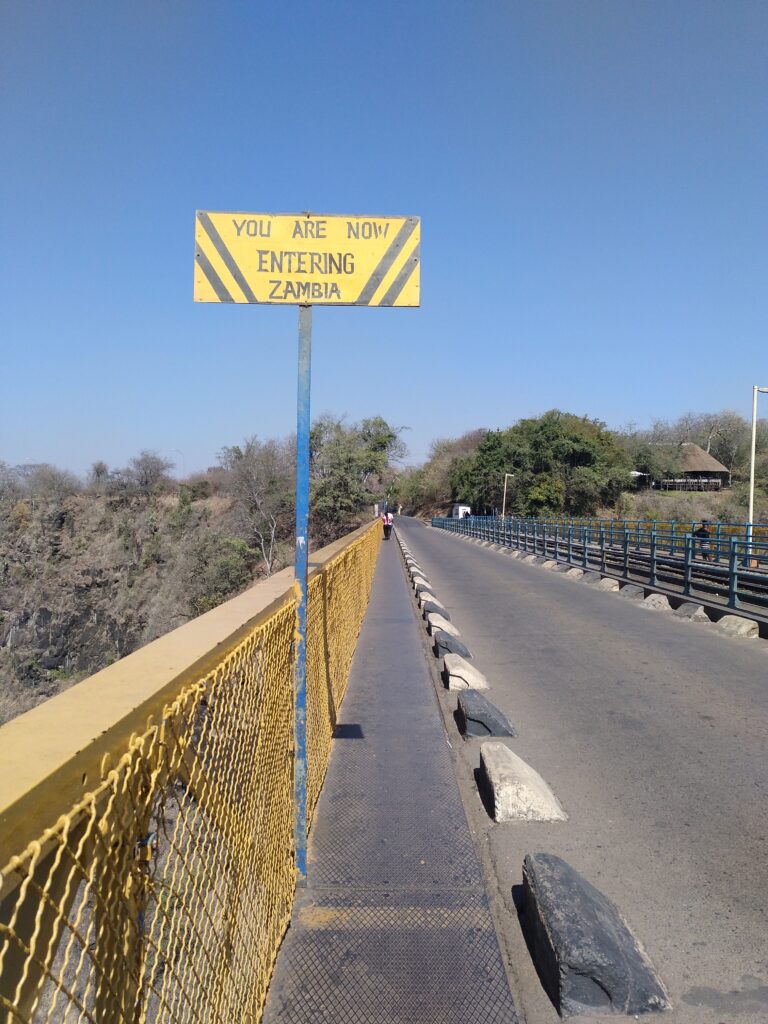
– For lovers of adventure sports, you have the option of jumping from the bridge of Cecil Rhodes with a height of 128 meters, being one of the most spectacular places to practice jumping. The cost is 160$ per person. There is also the option of zipping or rafting on the Zambezi River.
– Finally, if you still have time, you can visit the Victoria Falls Hotel, which is hundreds of meters from Zimbabwe’s front door. It is a British colonial building that has become a 5-star hotel and retains all the colonial majesty of the time. Even if you don’t have a room reservation, you can access the interior and walk through its gardens overlooking Cecil Rhodes Bridge accompanied by the soundtrack of the Victoria Falls waterfall.
Victoria Falls is one of the most stunning natural wonders on the planet. Considered the widest on the planet, the tour of Zimbabwe allows you to have a broad perspective of the waterfall and the majesty of nature. We recommend spending a whole day visiting the whole National Park and enjoying the different activities, as well as its landscape. An iconic place in Africa to visit!



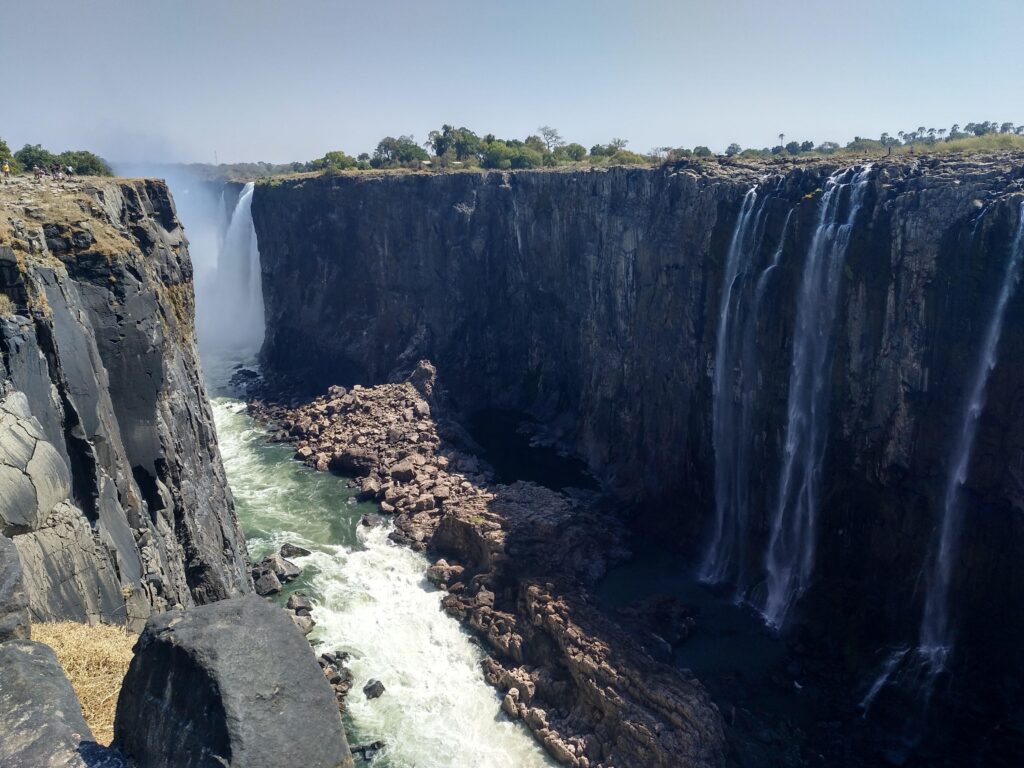

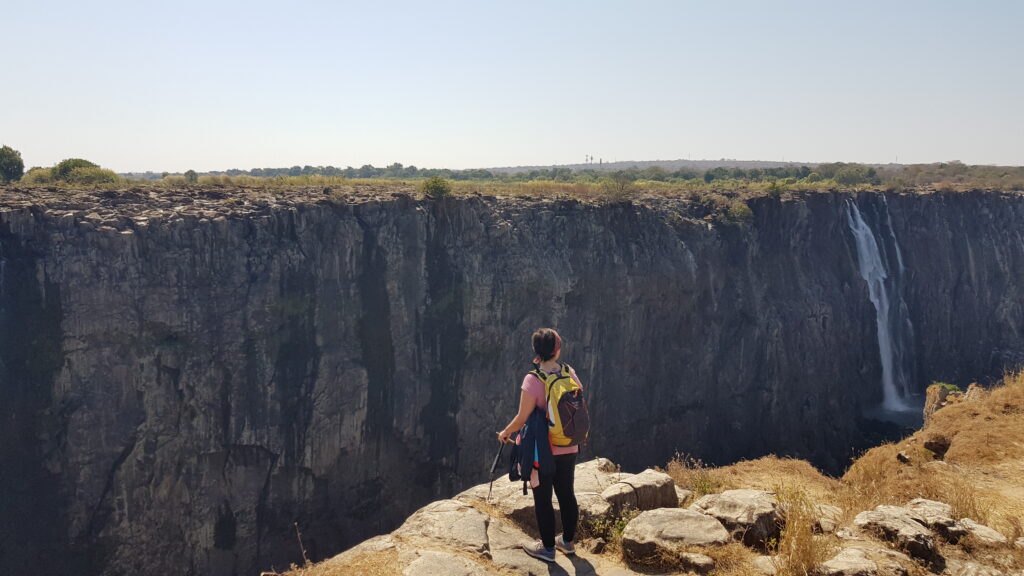
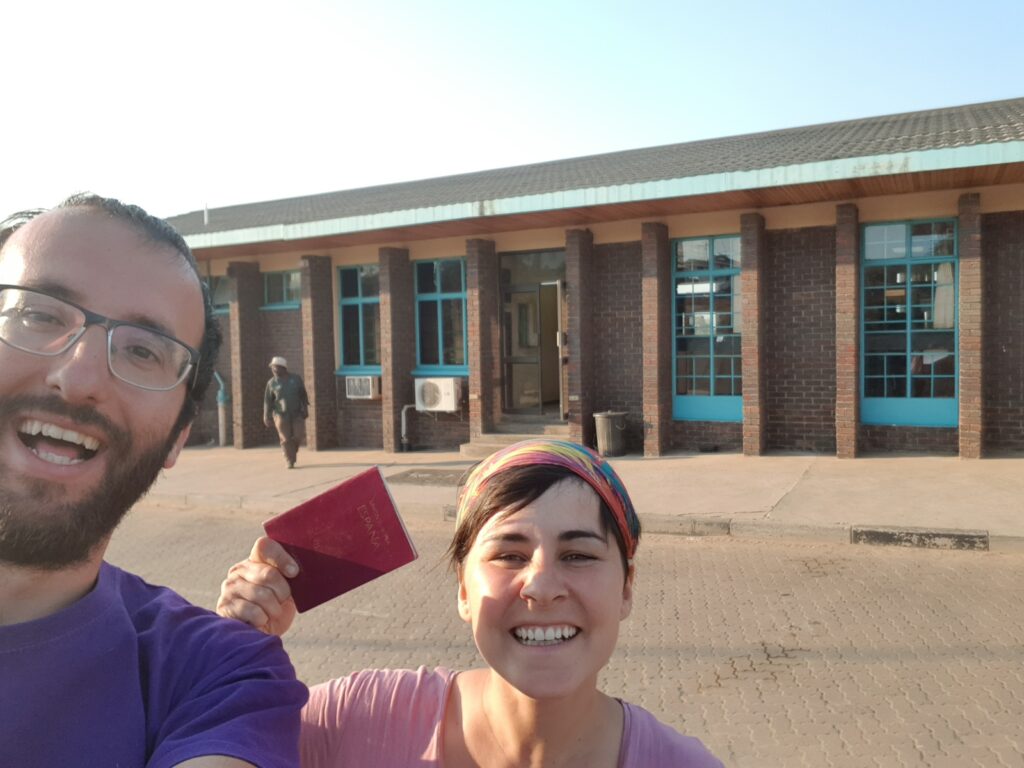
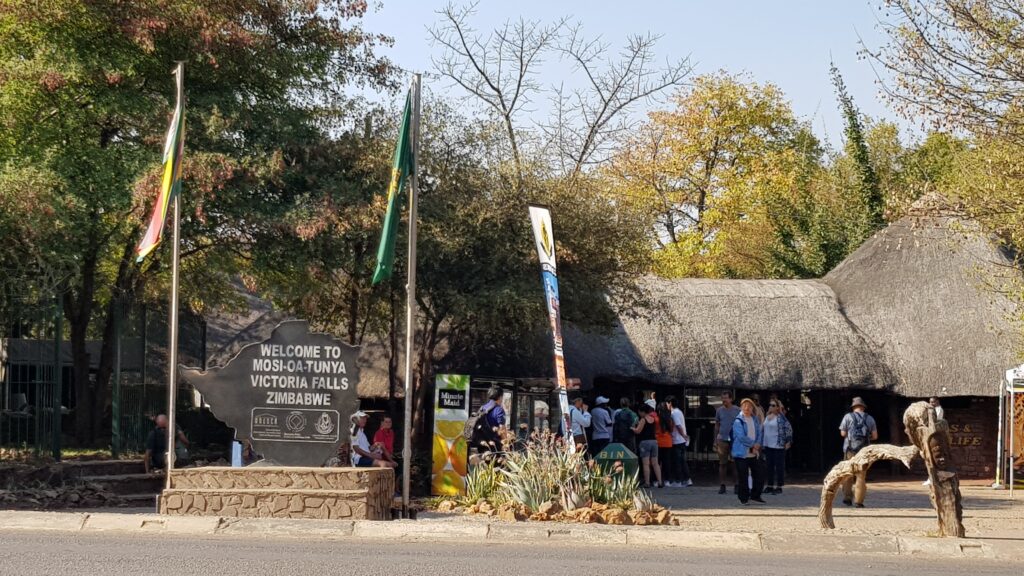
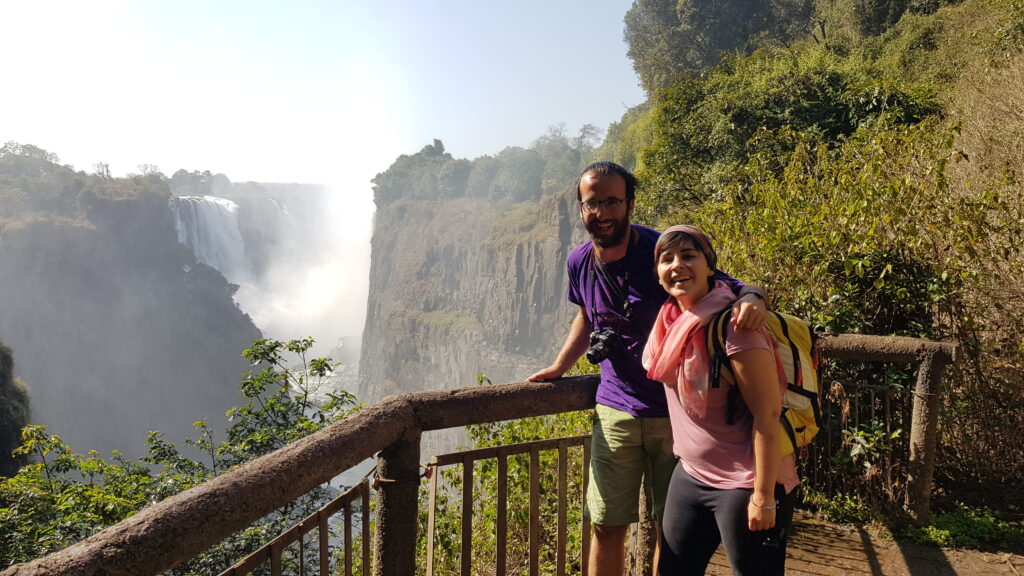


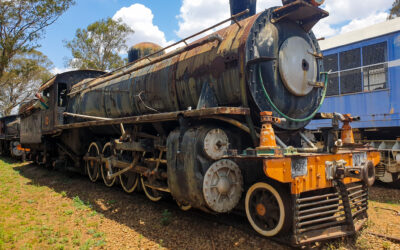

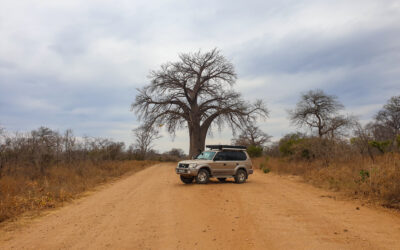


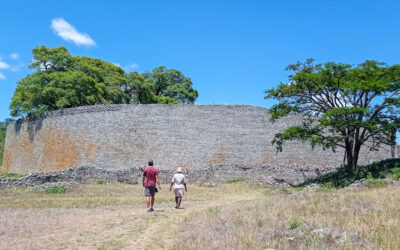
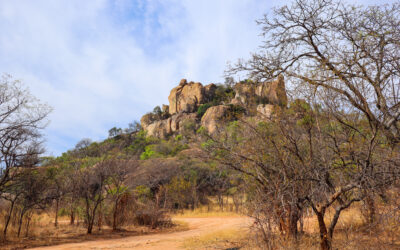


0 Comments